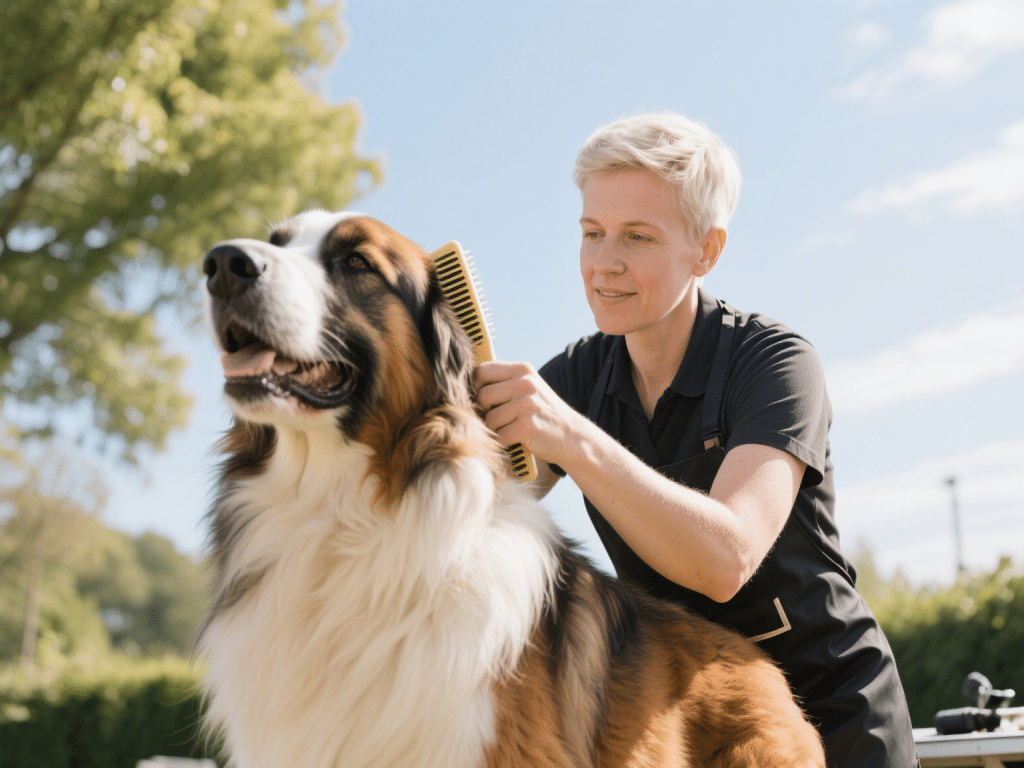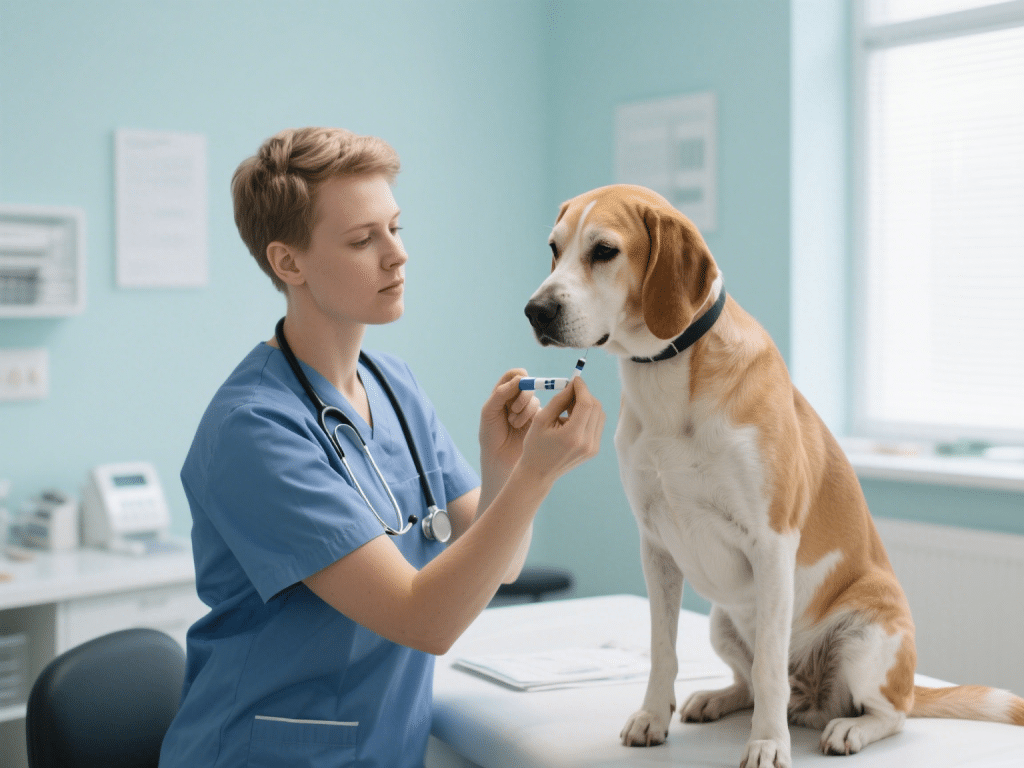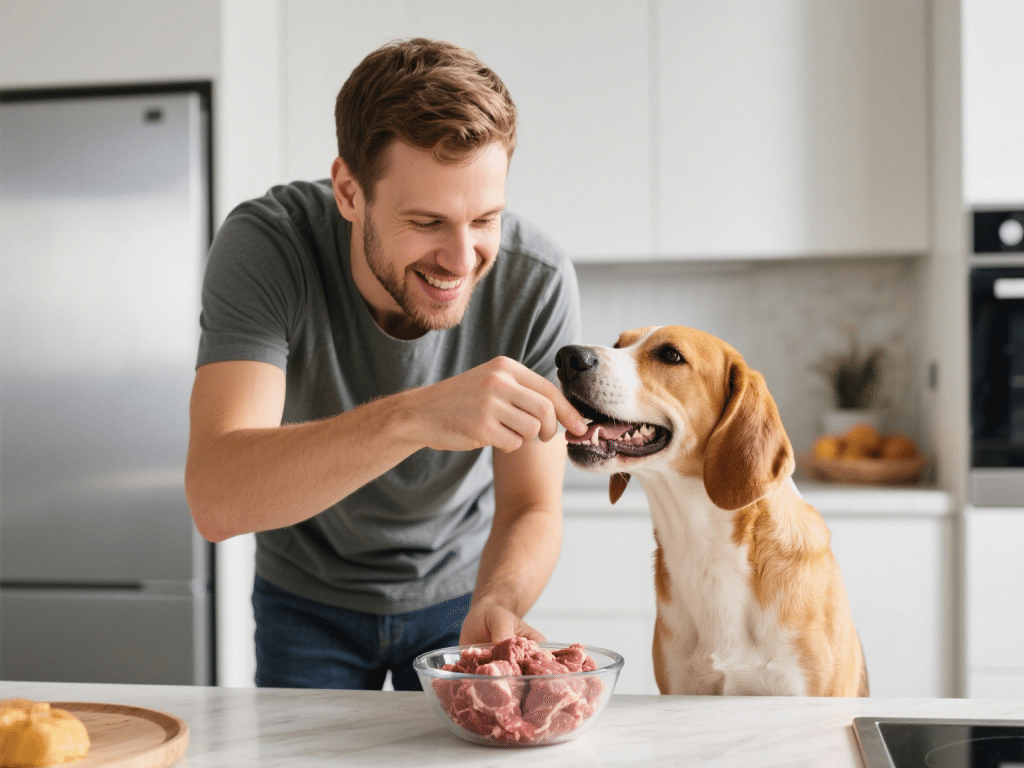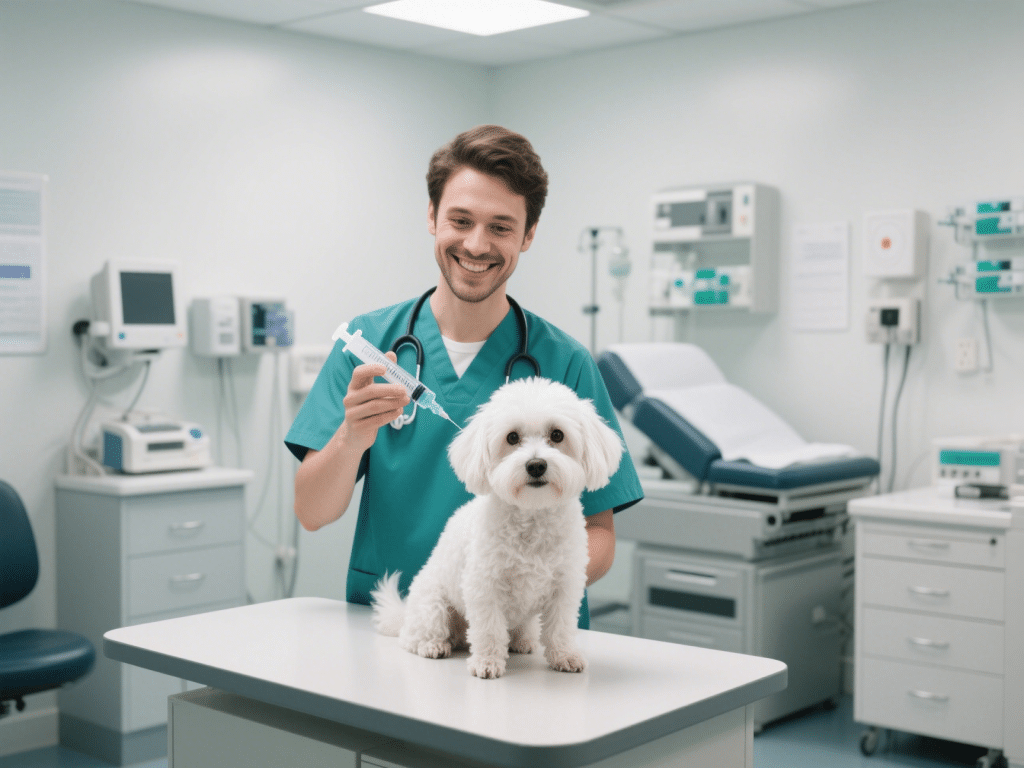Grooming Double-Coated Dogs: Tools, Techniques, and Timing

I’m a certified canine groomer with over 12 years specializing in Nordic and double-coated breeds like Huskies and German Shepherds. Their unique coat structure requires tailored tools and seasonal strategies to prevent matting, minimize shedding, and support skin health. Here’s my complete grooming protocol.
1. Understanding the Double Coat
Double-coated dogs have a dense undercoat for insulation and a tougher guard coat for protection. Improper grooming can damage the guard hairs, leading to patchy coats and skin issues.
2. Essential Grooming Tools
Undercoat Rake: Metal tines remove loose undercoat without cutting guard hairs.
Slicker Brush: Tackles tangles close to the skin; use light pressure to avoid irritation.
Deshedder Tool (e.g., Furminator): Efficient for heavy shedding periods; use short strokes along hair growth.
Pin Brush: Finishing brush to smooth guard hairs and distribute natural oils.
3. Seasonal Deshedding Strategy
Spring/Fall “Blow-Outs”: Schedule intensive sessions every 4–6 weeks during seasonal coat changes.
Weekly Maintenance: Light brushing with rake and slicker to prevent mat development.
Bath Timing: Bathe after deshedding to wash out loosened hair; ensure thorough drying to prevent undercoat dampness.
4. Proper Brushing Technique
Sectioning: Divide coat into quadrants. Work one section at a time, starting at the hindquarters.
Angle & Grip: Hold rake at a 30° angle from the skin; pull loose hair gently.
Guard Hair Preservation: Switch to slicker or pin brush near skin to avoid removing topcoat.
5. Skin and Coat Health Supplements
Omega-3 Fish Oils: Improve skin barrier and reduce itching—20 mg EPA per lb body weight daily.
Biotin & Zinc: Strengthen hair follicles; commonly found in canine multivitamins.
Hydration: Encourage water intake; well-hydrated skin sheds less.
6. Professional Grooming Considerations
Avoid Shaving: Shaving compromises coat function and can cause regrowth issues.
Safety Measures: Use non-slip mats and gentle restraint to reduce stress.
Regular Check-Ins: Quarterly professional grooming ensures coat and skin inspections for hidden mats or parasites.
By mastering these tools, timing, and techniques, you’ll maintain a healthy, glossy coat while minimizing your double-coated dog’s shedding. Consistency and respect for the coat’s natural structure are key to long-term success.









Comments on "Grooming Double-Coated Dogs: Tools, Techniques, and Timing" :